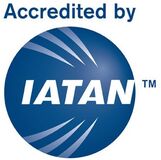|
written and photographed by by Marcia Simon, APR, CTA, copyright 2022 Some places you visit only once in a lifetime. Others keep calling you back. For outdoor enthusiasts in the Northeast, Acadia National Park, with its gateway town of Bar Harbor, can easily become a family go-to or an outdoor escape in Northeastern United States. Last time I visited Acadia was pre-COVID 2018. This part of Maine had already become known as a big tourist area rather than a hidden gem. Advisories warned that parking is limited so getting into the park early was, and remains, a key factor to beat the crowds. This time (August 2022) had a few new twists, one being the required $6 car reservation to drive up to the top of Cadillac Mountain. The view is spectacular – unless you arrive on a foggy morning when you may only be able to see for 10 feet in front of your nose. Cadillac Mountain marks the most eastern point in the US - so this is the first place in the country to experience sunrise. Another beautiful aspect of visiting Acadia is the change between seasons, so the experience is different depending on when you visit. Autumn colors are gorgeous with cooling temperatures during the day and nights that invite you to buy a warm fluffy hoodie from one of the shops in town. The best new addition to Acadia National Park is getting around by e-bike. While the area still attracts plenty of avid cyclists pedaling the paved roads and the ascent to the top of Cadillac Mountain, e-bikes make it easier for the rest of us. Especially nice is being able to take the e-bikes on the park's 45-miles of car-free walking and cycling trails, originally built for horse-drawn carriages. Today, horse-drawn carriage tours are offered by reservation. 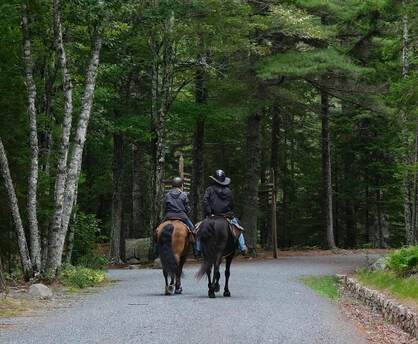 Acadia National Parks' 45 miles of carriage roads are shared by horses, bicycles and pedestrians – no cars. Acadia National Parks' 45 miles of carriage roads are shared by horses, bicycles and pedestrians – no cars. E-bikes are available from Acadia Bike in town or reserve one on Viator and pick it up at Acadia's Hulls Cove Visitor Center. People who prefer water over wheels or walking have multiple choices for exploring Acadia by kayak or sightseeing boat, increasing the chance of seeing bald eagles, puffins and seals among other wildlife. The only national park on the Northeast coast, Acadia's "carry-in carry-out" policy requires you to bring your own beverages and snacks. The Jordan Pond House Restaurant is the only location in the park for purchasing food and beverages. It's a lovely spot, especially sitting outside overlooking the pond. Walking around Jordan Pond is a popular activity. This gentle trail is well suited for families. The restaurant gets quite crowded, especially because bus tours often stop there, so it's best to go during an off-peak time, or wait and enjoy one of the many restaurants outside the park. First-time visitors to the area quickly learn that the park is Acadia; the town just outside the park is Bar Harbor. During visiting season, free shuttles run constantly throughout the day and evening between Bar Harbor's Village Green and several popular hotels closer to the park, making it very easy to drop into town for dinner. There are lots of choices and, for the most part, dinner reservations have become essential if you want to be seated before 8 pm. There are also free shuttles that stop at campsites and top tourist sites inside the park. Bar Harbor has a variety of accommodations. Many comfy B&Bs are within walking distance of the Village Green. These are ideal for couples because most have one large bed without the ability to accommodate more than two guests per room. For families and small groups of friends, the hotels along Eden Street have more options for room types, and several lower-priced motels are available in the nearby town of Ellsworth. The Bar Harbor Regency (also known as the Holiday Inn Resort Bar Harbor) is one of the few hotels in the area boasting waterfront accommodations with balconies, a heated outdoor pool, a large hot tub (especially inviting on chilly nights), along with two restaurants (one waterfront, one water-view) and a pool bar. It's also a shuttle stop, making getting into town super-easy. The CAT high-speed ferry to Nova Scotia docks next door. Gone are the days of heading to Maine for a great bargain on lobster rolls. With tourists in the mix, and restaurants making the most of their short tourist season before winter creeps in, 2022 lobster prices in Bar Harbor are higher than ever. ($36 for a lobster roll and fries!)
Getting into the park requires a parking fee of $20 per carload. The pass gets you in for a week-long visit so you can come and go on your schedule. A National Park Pass is a good value for families that visit multiple parks each year. For people age 62 and older, the lifetime Senior Pass is a fantastic value for a one-time $80 fee, and provides access to every National Park throughout the US. Marcia Simon is a writer, a traveler, and a travel advisor ready to help you plan your next trip. Connect on Instagram @friendlygrouptravel, Facebook @friendlygrouptravel, Twitter @friendsgotravel, or drop a note to [email protected].
0 Comments
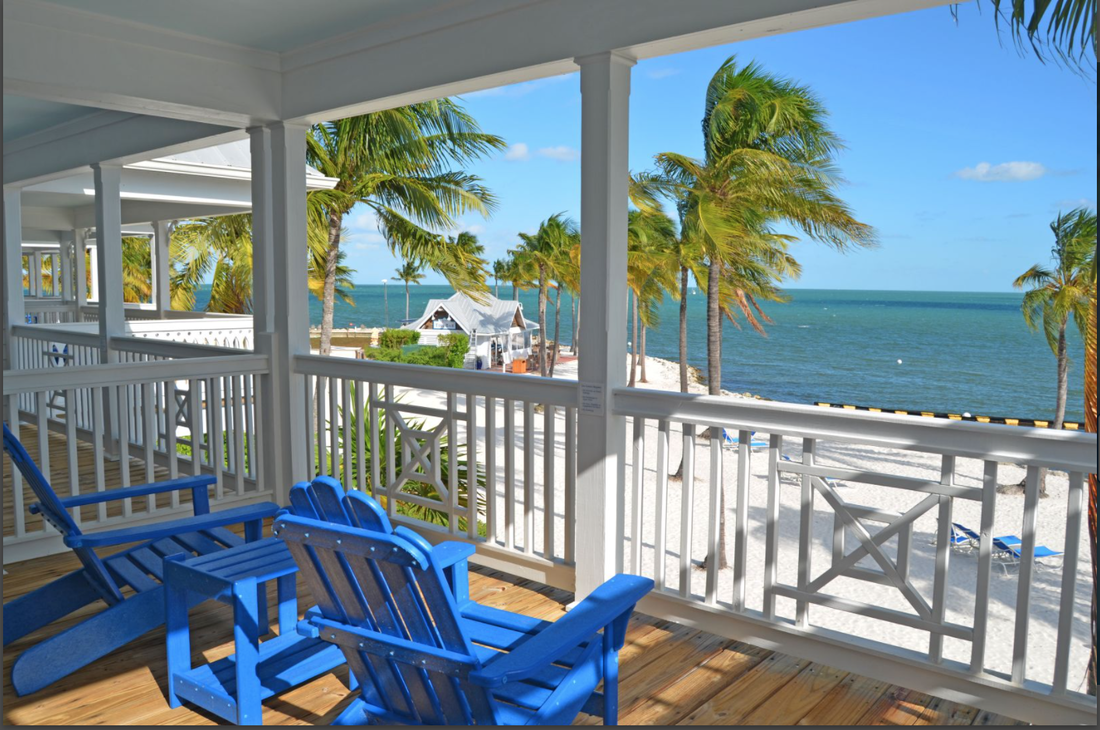 beach house in the Florida Keys beach house in the Florida Keys by Marcia Simon, CTA, APR It's been a weird school year for students and their families. Understatement. With graduations just around the bend, finding the right kind of celebration to honor your favorite student, is particularly challenging amid the lingering pandemic. The upside is that people are getting vaccinated, and travel is becoming safer. With this in mind, here are a few ways to celebrate this year's graduation, which may mean making up for lost time or finding a reason to get the whole multigenerational family together. For lasting impact and memories that will last a lifetime - hands down, the answer is travel – whether you're celebrating a graduation or just need to get the family together. 5 Family Travel Ideas to Celebrate a Graduation 1. Rent a house or villa Not quite ready to step into a full return to post-COVID activities? Villas and house rentals are very popular this year. Some have minimum-length stays; others allow you to stay for a quick weekend, an extended weekend or longer immersion. Suites at hotels that provide deep sanitized cleaning between guests add a layer of safety. Get an exclusive package at Tranquility Bay in the Florida Keys: like a 3-bedroom waterfront beach house with full kitchen, living room, oceanfront patio, laundry facilities, three swimming pools, mini-golf, snorkeling and family activities on premises, close to restaurants, fishing boats, bicycling and more. 2. All-Inclusive resort There's something for everyone of any age. The kids can enjoy a sailing lesson while parents try the stand-up paddle boards, and grandparents relax poolside after a morning yoga class. Gather for meals and excursions at an all-inclusive that matches your family's personality. ClubMed has new locations with larger family accommodations and optional activities all day long. Hotel Xcaret, in Mexico near Tulum, includes zip lining, water parks and the famed Xcaret eco-park. 3. Walking tours Create your own private guided group or choose a self-guided option, complete with maps and local assistance if you need it. Whichever you choose, your breakfast and dinner will be included (with recommended lunch options for self-guided trips.) Luggage is transported every morning to your next destination at an authentic boutique hotel or B&B. What a fantastic way to spend family time together outdoors. Itineraries are available within the US and abroad with Easy, Moderate and Challenging levels. 4. Boat Spend a week with your family on a private catamaran, which sails flatter than a monohull. Choose to have a captain and cook, so you are completely free to do as much or as little as you want. Pull up on beaches to explore villages, cultural sites or local culinary adventures.. Bahamas and Virgin Islands are popular destinations for ideal weather and crystal clear turquoise waters. 5. Road trip Pack the car, fill the cooler and head out. There's no telling if Americans will be able to cross the Canadian border this summer, pending COVID-restrictions. Explore Maine with its coastal communities, islands, or inland lakes and rivers (family rafting!). Or head down the Blue Ridge Parkway to the Smokey Mountains, filled with opportunities for outdoor exploration. If you have more time, Add Nashville for a diverse music and food scene - and a must-do experience at the Grand Ole Opry. This summer is expected to be very busy at the National Parks, so book as early as you can. Maybe this is the summer to get a bike rack and head to the Finger Lakes. Not in shape for the hills? No worries - ebikes are readily available at rental shops. You might also consider a fly-drive experience, or renting a camper. Campers and RVs have gone upscale since COVID scared people away from hotels. As with all travel plans mid- and post-pandemic, it's very important to understand the cancellation policies of any hotels, airlines and travel vendors you choose. An informed travel advisor can help navigate these changing conditions and provide peace of mind should your travel plans need to change. Need help planning your family getaway? Call 860-399-0191 or email [email protected]. Initial consultations are always free. 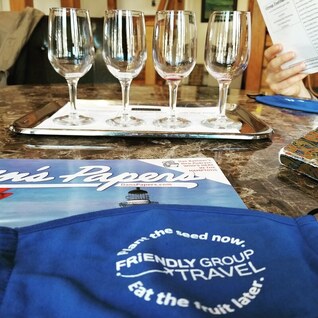 by Marcia Simon By industry standards, the North Fork of Long Island is still in its winemaking infancy. The region's viticulture reputation has been steadily on the rise since 1973 when its first commercial grape vines were planted. The region now boasts about 55 wineries and vineyards. Unlike Connecticut, where driving takes all day to follow the wine trail from Stonington to Litchfield, a 25-mile span along eastern Long island's north coast allows for easy stops for tastings, picnicking and musical entertainment in season. During a COVID-winter, the scene is surely different and very quiet mid-week, which is attractive to people more interested in the wines themselves. It's a quick getaway that is as COVID-safe as you make it. The North Fork is as laid back as Long Island gets. Its popularity as a destination is growing as the quality of its wines and oysters are added to restaurant menus across the country. This unpretentious east end of Long Island is less than 100 miles from New York City, and less than 90 minutes with a car on the Cross Sound Ferry from New London to Orient Point. The water, air and soil trifecta Surrounded by Long Island Sound, the Peconic Bay and salt water from the Atlantic Ocean, the North Fork is buffered from both warm and cold fronts. This unique climate protects grapes through a long growing season and gives winemakers more control over their harvests; they can pick their fruits at peak times for ripeness. The region's most popular varietals include Bordeaux-style reds – Cabernet Franc, Cabernet Sauvignon, Merlot and Malbec from which winemakers create their signature blends. Sauvignon Blanc and Chardonnay are popular whites, but even more inviting than a soft white is a glass of North Fork Rosé or Gewürztraminer, which many think of as sweet wines, but after tasting a few, it's safe to say that many are refreshingly light and dry. My two travel companions and I enjoyed tasting flights at multiple vineyards during a January road trip along Routes 25 and 48 between the towns of Peconic and Jamesport. We visited the grounds of several others, too to get a feel for their upcoming in-season outdoor scene and COVID-safety. Featured Vineyards Starting at Pellegrini Vineyards in Cutchogue, we were the only tasters at 12 noon. We tried four varietals and surprisingly preferred the easy-drinking, dry 2019 Rosé. Pellegrini's tasting room mixes old world charm with modern open space and technology. Guests are welcome to walk over to the adjacent building to view the stainless steel fermentation tanks, behind glass walls, used in the winemaking process. Pellegrini's winemaker is Zander Hargrave, son of Alex and Louisa Hargrave who were pioneers of the North Fork wine industry with their vines back in 1973. The largest of all the Long Island vineyards is Pindar Vineyards in Peconic, This family owned-and-operated vineyard is run by siblings Pindar, Alexander and Alethea Damianos. A fourth sibling, Jason, was an integral part of the family operation, too, and later opened Jason's Vineyard in Jamesport. An unfortunate car accident took Jason's life in 2015, and the Damianos family now operates Jason's as well as Duck Walk in Southold, which their father acquired in 1994. Remembering a blueberry port wine I tasted years ago at Duck Walk Vineyards, my travel companions and I stopped in to try it again. We also tried their Boysenberry Fruit Wine, which is not a port, but a very tasty after-meal sipper. The family patriarch, Dr. Herodotus Damianos, known as Dr. Dan, was an internal medicine physician by profession when his winemaking vision led him to purchase 36 acres of potato farmland in 1979 on which he planted his first Chardonnay grapes from California vines. Today, Pindar's 500 acres yield 17 varieties of grapes and more than 70,000 cases of wine every year. As large as it is, Pindar Vineyards' comfortable atmosphere provides a warm environment for tasting their popular reds such as Cabernet Franc, Pythagoras. We particularly enjoyed their Cabernet Sauvignon Reserve and Cabernet port. Pindar is among the pioneering vineyards of the North Fork sustainable wine movement away from chemical fertilizers and pesticides. Their massive composting operation combines lawn clippings from dozens of local landscapers, fish parts from a local seafood wholesaler, and their own grape skins. Tons of this rich organic compost is spread over the vineyard's sandy soil to enrich the grapes. COVID-19 Precautions Although some Vineyards are closed for winter, or operate on limited hours during the pandemic, the wineries we visited all took their safety precautions very seriously. Some offer tastings by reservation only; others accept drop ins, with occupancy limits. Mid-week in January, the tasting rooms were practically, and sometimes literally, empty; we felt very COVID-safe the entire time. Visitor traffic picks up on weekends, we were told, so mid-week is advantageous. Masks are required everywhere to keep staff and visitors safe. Travelers who want to venture out with their bubble (up to six people) before the crowds return for spring season can rent one of the Bergen Road Bungalows at Macari Vineyards. These private, cozy heated tents provide your group with four hours of relaxed tastings from the selection of flagship Macari wines paired with a locally prepared gourmet lunch overlooking the grape vines on this 180-acre vineyard. An Overnight Delight After tasting wines at four vineyards, we were ready to check in to the Sound View Hotel in Greenport, three miles west of the village, and a short ride from most vineyards. Arriving before sunset, we watched the sky's changing colors from the deck of our room. If you didn't know its story, you'd drive by Sound View, thinking this is still a 50s-era roadside motel. Now owned by Eagle Point Hotel Partners, renovations began a few years ago and are ongoing. Simple, rustic and modern all at the same time, this hotel feels beachy and upscale at the same time. All rooms provide waterfront views of Long Island Sound. It's so close to the water that you might get sea spray on your windows during a storm. The hotel's Halyard Restaurant had limited winter pandemic hours. However, the to-go menu includes plenty of tempting items available for room delivery. From chowder to chili, turkey-bacon wraps to fish and chips, local sea scallops, salads and a kids' menu. That night we were able to decipher the beacon patterns from Old Saybrook breakwater and the red blinking light that marks the channel by Duck Island in Westbrook. It's 14 miles across the Sound from this location and the winter wind on the water kept the sky clear across to Connecticut.
From Potatoes to Grapes Long before the first grape vines were planted on the North Fork, its rich fertile soil attracted potato farmers who moved east when suburban sprawl started to take over the land closer to the New York City. In the 1940s, about 80 percent of all farming on Long Island was dedicated to potatoes, according to potatonewstoday.com. Potato farming still exists on the North Fork. In fact, North Fork Potato Chips is a thriving business. Farm stands serve many of the local restaurants with fresh vegetables and fruits and season, and the oyster farms ship nationwide. But it's the grapes that are the North Fork's current attraction from a growing number of visitors. Marcia Simon, CTA, APR, is a Connecticut-based travel writer and advisor. Contact her at [email protected], on Instagram at friendlygrouptravel, facebook.com/friendlygrouptravel and Twitter @friendsgotravel. by Marcia Simon, CTA After five months of diligent self-protection against the coronavirus and pining for travel, it was time to get away, but where?
From the Connecticut shoreline, it’s a two and a half hour drive to Cape Cod, adding another hour for the forty-mile ride to the tip. This is Provincetown, the Mayflower’s first landing in the New World in 1620 (Yes, the Pilgrims stopped here for five weeks before sailing on to Plymouth. Or so it’s told.) P-town, as it’s known, is a welcoming haven for artists and the LGBTQ community. Here you can be yourself and feel free… as long as you wear your face mask. Signs are posted regarding the mandate to wear a face covering on Commercial Street, the main tourist strip lined with restaurants, ice cream shops, t-shirt and souvenir stores… as well as colorful nightlife in “normal” times. As of mid-July, for the most part, bars, night clubs and cabaret shows are closed, although the Crown and Anchor’s popular cabaret show premiered its reopening this month with scaled-down outdoor seating. Numerous art galleries and restaurants are open – with limitations. Curbside take-out is available as well as limited indoor and outdoor dining. Provincetown offers lots of safe-looking restaurant choices that provide ocean views or a clear shot of the activity along Commercial Street. Enjoy patio dining with some of the freshest fish and lobster you’ll find anywhere, or walk up to a take-out stand and grab a comfortable spot on the beach overlooking Mac Millan Public Pier, the meeting place for ferries, fishing boats, and whale-watching tours to Stellwagen National Marine Sanctuary. Provincetown is one of the world’s natural deep water harbors ~ attracting boats of all sizes. Whale watching, fishing and sailboat trips were operating – limited to 50% occupancy as of mid-July 2020. The Pilgrim Monument and Museum, one of the most popular tourist stops offering a magnificent bird’s-eye view – with 116 narrow steps taking you to the top of the tallest all-granite structure in the United States – was closed during my July visit. So was the adjacent Provincetown Museum. Visitor Centers in town and at the National Park were closed as well. However, public restrooms were open and clean. Because the bars are closed, night life fades early, with many restaurant kitchens closed by 9 pm. Phase 3-Step 1 reopening requires no more than six people at a table in restaurants, so large parties and family groups will be split up. To cut back on surface contamination, most restaurants ask you to scan a QR code either at the hostess station or at your table to download the menu to your phone. If your server sees that you’re sadly tech-deficient, you’ll be offered a paper menu, but shared surfaces in general are out. Ketchup, mustard, salt and pepper are served in single portion packets. A Note About Lobster Rolls New Englanders know all about lobster roll preferences. In Connecticut, for instance, a perfect lobster roll is served hot, on a buttered, toasted (or grilled) hot dog bun with a portion of melted butter on the side for dipping. However, in Provincetown, if you don’t specifically ask for a hot lobster roll, you will most likely get a cold lobster salad, very little mayonnaise, and usually with a leaf of lettuce on a hot dog bun. And if you order it hot, there’s a good chance your bun won’t be toasted. Just sayin’. Exploring the coastline Parking in P-town can be tight. Walking lets you meander, and offers lots of opportunities to take photos you might otherwise miss. Bicycling is popular, with ample inventory at the local bike shops in and around the town. Because the terrain is basically flat, cycling is easy, and what’s better than bicycling along a long stretch of coastline? The Cape Cod National Seashore has bike paths ideal for families with young children; these are generally protected by the shade of the forest canopy. The National Seashore is a pristine 40-mile stretch of beautiful sand, dunes and pitch pine forests. We hiked one of the park trails in nearby Wellfleet. The 8.8 mile-loop zig zagged between shady pine-needled forest and sandy beach. While pets are welcome in the park, there are stretches along the beach where the habitat is protected for piping plovers and other endangered species of birds. These are no-pet zones (because dogs tend to scare the birds and disturb their natural environment.) Two tips: 1. While some of the trails run through a shaded forest, parts take you onto the beach, which is gorgeous, but the sand can be very hot on bare feet, and the sun can feel scorching. 2. It’s easy to access Jeremy’s Point and sandbars during low tide, but the tide comes back in quickly, making for a wet walk back. If you can catch a morning low tide, it would be a great time for a summer hike. This area would be magnificent in autumn’s cooler weather. We encountered very few people along the hiking trails and, for the most part, were able to keep our face masks in our pockets. Race Point Beach was uncrowded enough to allow for easy social distancing. Walking from the parking lot to the stretch of beach along the narrow sandy path was a bit more trafficked, so masks are recommended for that, but once you’ve staked out your spot, the mask is not necessary if you are comfortable with the safety of your travel companions. Accessing many hiking trails in the park is free. But if you want to park to access the beach, the fee is $25 per car. We spent a half day at the National Seashore’s Race Point Beach. Umbrellas are highly recommended to protect you from the intense summer sun even when the ocean breeze is blowing. And the water is cold. Very refreshing, but cold. To Go or Not to Go? Assessing Your Personal Risk Whether to venture out or stay home is a personal decision, based on your risk factors, overall health and immune system, others in your household who may be high risk, and how careful you will realistically be with safety, masks, sanitizing and social distancing when you're out and about. Overall, Provincetown seems surprisingly quiet this summer. Even the ride over the Bourne and Sagamore Bridges that cross the Cape Cod Canal from the mainland were delay-free, which is a true rarity. Crowds will likely build through the rest of the summer. Midweek is always less crowded, and lodging less expensive, than weekends. This was a fun 3-night getaway. Just what I needed to renew my energy. I felt safe – because I was very proactive about my personal safety, social distancing, sanitizing, and wearing a mask in public places. Visitors, residents and people who work in the Provincetown community embrace masks. In fact, the souvenir shops have some pretty unique and fun mask designs. (The t-shirts are great, too.) If you are part of the anti-mask culture, do not go to P-town. Stay away. This is a community that is doing its best to stay safe; if you do not support that, you shouldn’t be there. If you love long walks on the beach, early mornings on the water, sunsets over the horizon, lobster and an open-minded, nonjudgmental vibe, go and support the economy of a town that relies heavily on tourism. One waiter, concerned about his own safety while being engaged with customers all evening, summed it up nicely: “Of course we want people to come here. That’s how we make our living. On the other hand, we really don’t want people to come if it increases our risk for coronavirus.” So wear your mask. Bring sanitizer. It’s a matter of your personal safety and respect for people around you – making your getaway enjoyable and safe. For more information about Provincetown and COVID-19 travel updates, visit: https://ptowntourism.com/ https://www.visit-provincetown.com/ https://www.provincetown-ma.gov/1313/COVID-19-Coronavirus-INFORMATION-PAGE Marcia Simon, CTA, APR, is a journalist, publicist and travel advisor who gets around as much as possible, and plans small group and independent journeys as owner of Friendly Group Travel. Connect at facebook.com/friendlygrouptravel, twitter @friendsgotravel and Instagram @friendgrouptravel. 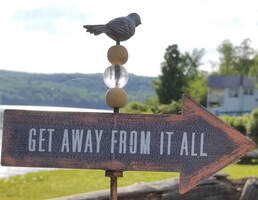 by Marcia Simon, APR, CTA We all feel, at times, the need to get away and shake up a monotonous routine. Planning that perfect escape can be daunting as the potential price tag adds up in your head, but recharging your inner batteries doesn’t have to take you geographically far away. It doesn’t need to take more than a day or two, and doesn’t need to cost a lot of money. Just one night away at a B&B gives you enough of a break to clear the garbles from your brain. Historic old homes lovingly turned into guest houses are scattered throughout New England, as an example, and getaways are surely within an easy three- or four-hour drive from your home, wherever you live. I recently visited The Fan House in Barnard, Vermont. It’s a little off the beaten path, far enough from the Interstate, and close enough for lots of day trip destinations, like Quechee, Vermont, known for its annual hot air balloon festival and Simon Pearce glass blowers, and Hanover, New Hampshire with a great college vibe and plenty of neat restaurants because of Dartmouth. Suicide Six ski area is only six miles away, while larger Killington and Okemo ski areas are about 45 minutes away and offer trail biking, hiking, golf and summer activities as well as some of the best winter skiing in the Northeast. On the way to the Fan House, I stopped at the Barnard General Store and indulged on a maple-cream-filled whoopie pie. After this I knew I was on a micro-vacation in Vermont. When I pulled into the Fan House driveway, Sara, the innkeeper, came out to greet me with her big friendly, shaggy dog Chappy, who neither jumped nor slobbered on me, but nuzzled up to my leg, wagged his tail and let me know I was welcome in his home. We walked around the yard and Sara showed me her country garden, filled with huge colorful poppies, foxglove, lupines, forget-me-nots and numerous other perennials that had not yet blossomed. The unmistakable fragrance of lilacs filled the air. I looked up to see a banner season for lilacs blooming along the property line by the main road. It was still a little shy of cocktail hour, but Sara joined me for a glass of wine in the living room area anyway. It was comfortable, relaxing and a pleasure talking candidly with someone who obviously had the gift for gab, was well traveled and has met her fair share of interesting characters along life’s enchanting journey. Just a couple of miles down the road, at the Barnard Inn restaurant, Max’s Tavern, a casual bistro, served up a cold crisp glass of pinot grigio to accompany a simple green salad tossed with maple Dijon vinaigrette and lightly topped with gorgonzola and candied walnuts. I must have needed my blue cheese fix, because my chosen entrée was house-made gnocchi with gorgonzola sauce, which was delicious with mild roasted cloves of garlic, caramelized onions and baby spinach. The first thought when I got ready for bed at the Fan House and realized there was no TV in my room was disappointment, but after about 10 seconds, I changed my mind. Being a news junkie and creature of habit who turns on the news before bedtime and upon wake-up, taking a break from the craziness was a blessing. In fact, it was a much-needed disconnect. The bed had eight pillows – two as bolsters, four for indulgent sleep and two more for decoration, which made a perfect spot to prop my laptop as I checked email before going to bed. The Wi-Fi worked well. I drifted into a deep sleep, woke up without an alarm, and went for a short walk to Barnard’s Silver Lake, sat on a bench and felt the early morning sun on my face, then continued walking – past lots of kayaks on racks and watched people come and go from the general store carrying cups of coffee to jumpstart their rural morning commutes. I read the bulletin board and learned about upcoming concerts, theater productions and youth summer programs at Barnard’s BarnArts.org. Having worked up an appetite for breakfast, which was included at my stay at the Fan House, I poured myself a cup of coffee and chatted it up with two guests visiting from Tennessee while Sara whipped up some blueberry pancakes and served them with warm maple syrup, along with fresh strawberries, granola and juice. At that moment, the pressures of the previous day’s workload were far from my mind. On the mid-morning car ride home I mentally prepared my “to do” list and the priorities seemed clear. I reminded myself to stay focused on those priorities and to let the other “urgencies” slide by if they weren’t aligned with my primary goals. I felt eager to tackle the workload, and not overwhelmed. One night away. To get unstuck. It’s well worth it. Marcia Simon, APR, CTA, is accredited as a travel advisor and public relations professional, and is principal/owner of friendlygrouptravel.com and MSE Public Relations. Visit www.friendlygrouptravel.com, www.facebook.com/friendlygrouptravel, friendgrouptravel on Instagram and FriendsGoTravel on Twitter, or email [email protected]. 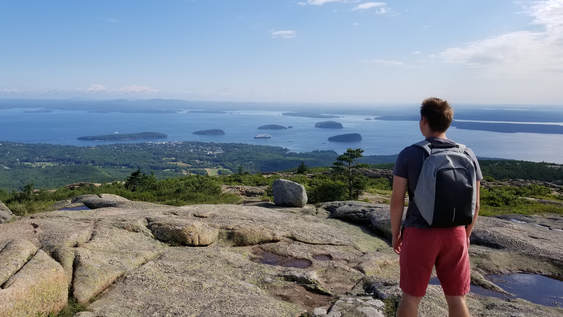 by Marcia Simon, APR, CTA Maine’s Acadia National Park, established in 1916 as the first eastern national park and first national park whose land, all 49,000 acres on Mount Desert Island, was donated by private citizens. With 158 miles of hiking trails and 45 miles of carriage roads that allow bicycles but not cars, the park is buzzing with outdoor enthusiasts and nature lovers year round. The park has about 500 campsites. In addition, lodging near the park ranges from down-and-dirty to luxurious comfort overlooking Maine’s iconic coastline. Here are 10 Different Ways to Experience Acadia National Park
Entrance fee to get into Acadia National Park is $30 per car regardless of the number of passengers. It’s a 7-day pass; so whether you go for one day or five days, the price is the same. Without a car, it’s $15 per person on foot, bicycle, motorcycle, etc. Seasonal passes are also available. Marcia Simon is a travel writer, IATA-accredited travel advisor and principal of MSE Public Relations – creating small group experiences and unique promotional opportunities for brands and travelers alike. To contact Marcia, email [email protected], call 860-399-0191 or through Twitter @marciasimon. |
AuthorMarcia Simon, CTA, APR, has been exploring new places since she was 17 years old and traveled around Europe on a Eurailpass with her best friend. Decades later, she still considers travel the best investment of time and money she's ever made for herself and her family. Categories
All
|
|
SIGN UP NOW FOR OUR NEWSLETTER WITH TRAVEL TIPS, IDEAS AND SPECIAL OFFERS
|

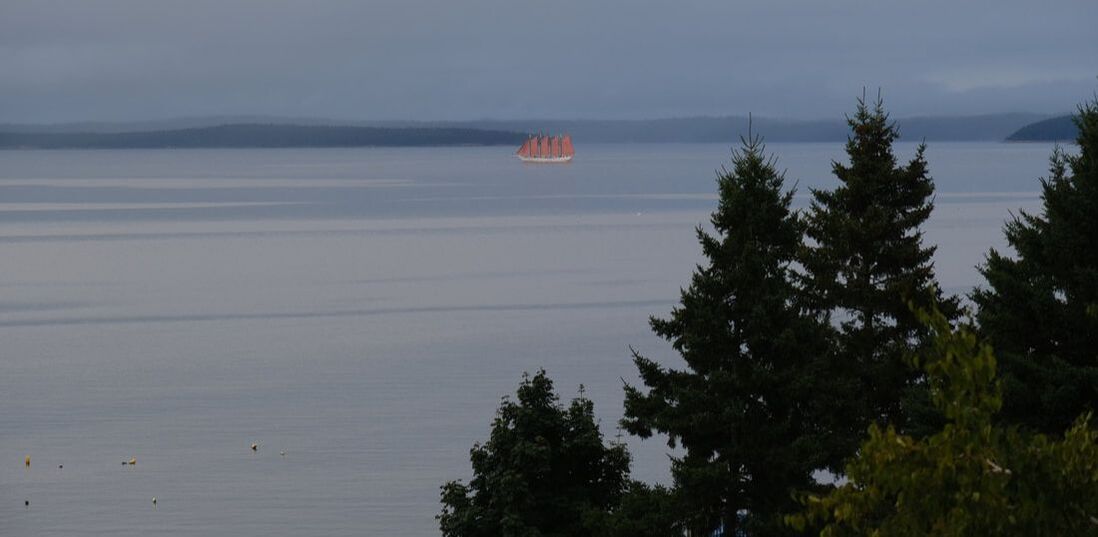
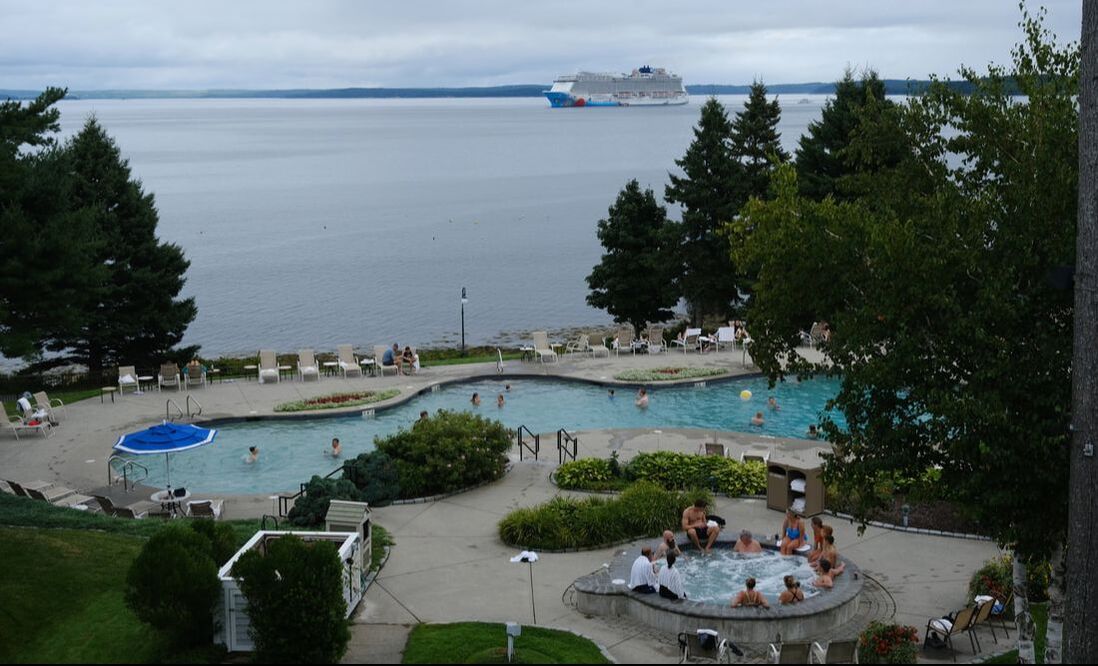
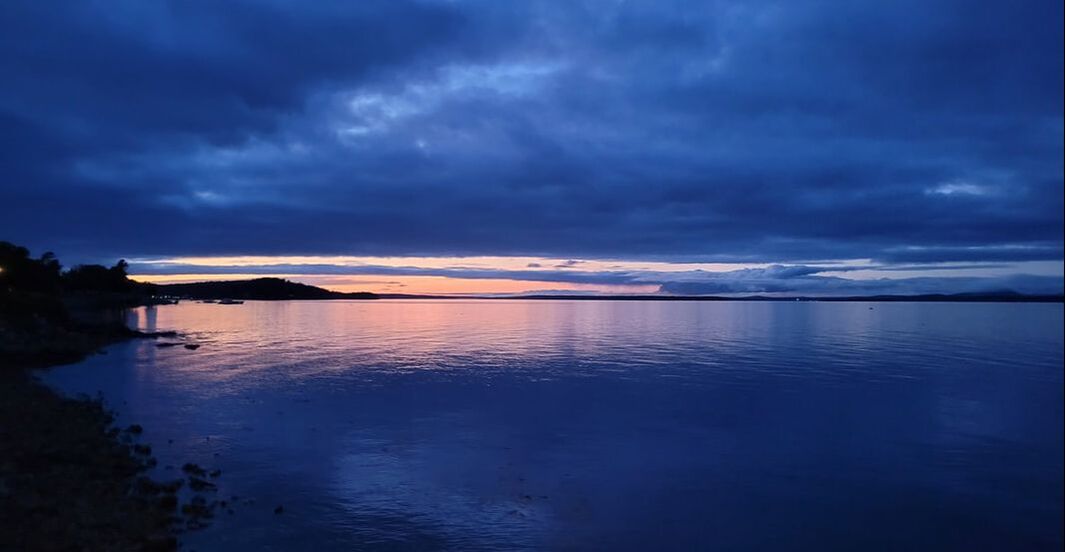
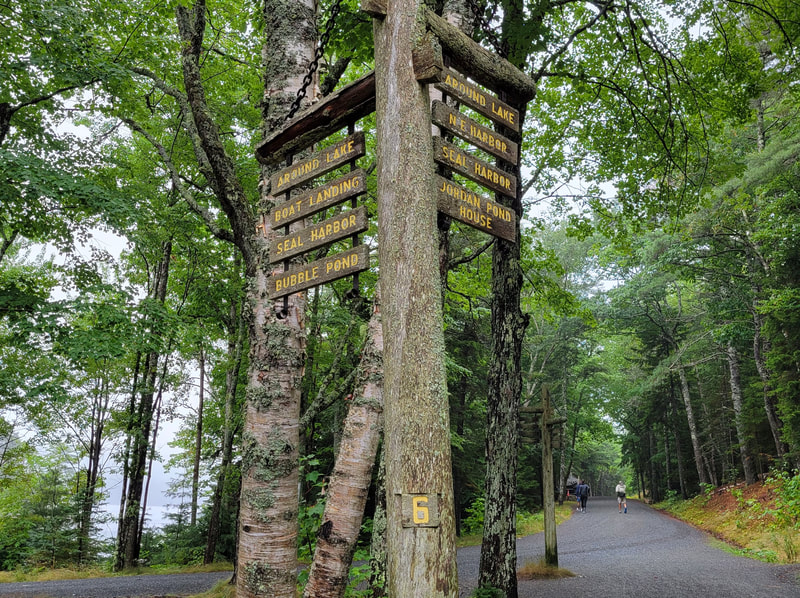

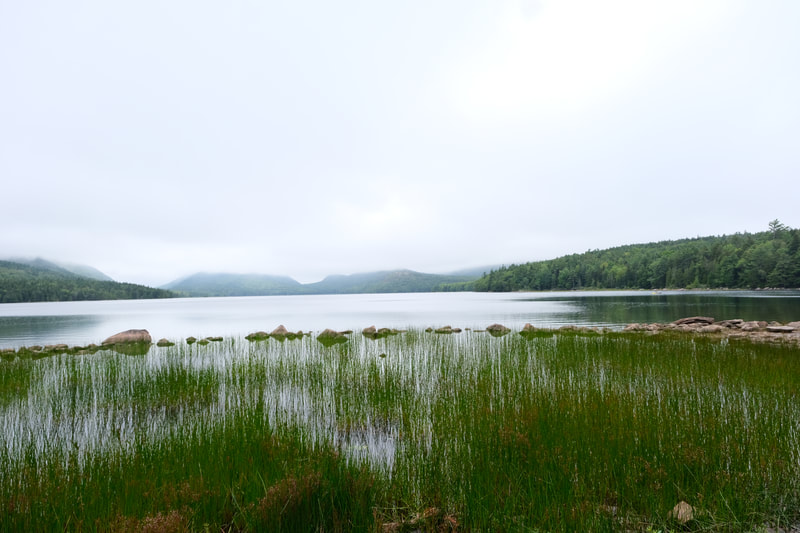
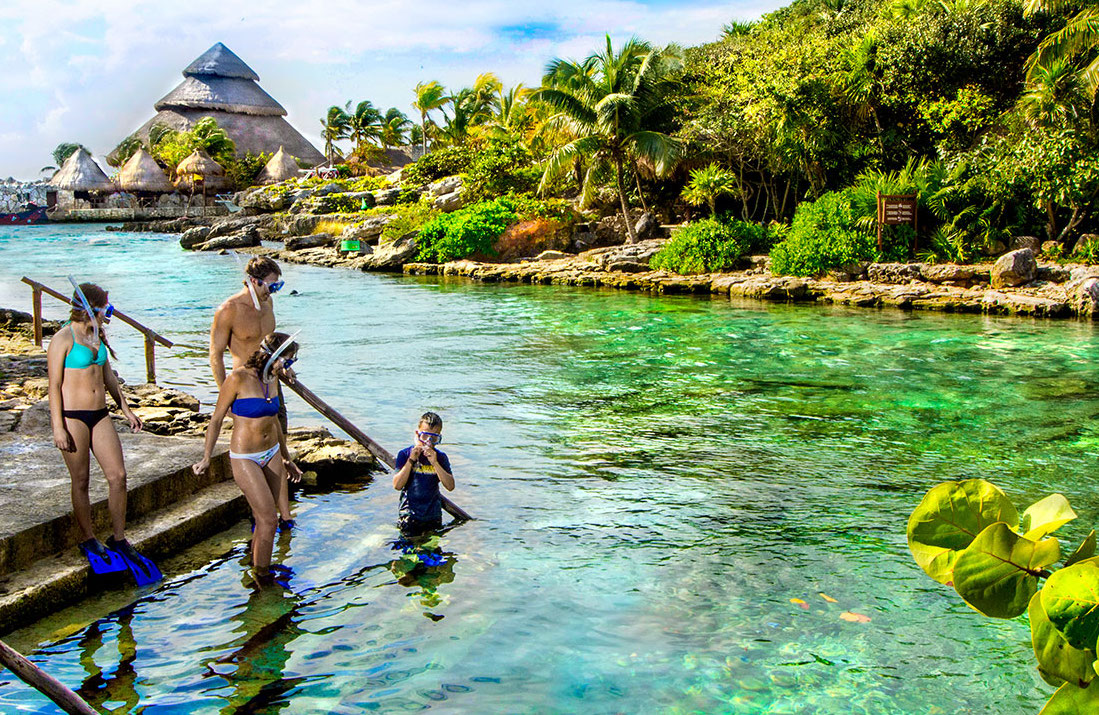
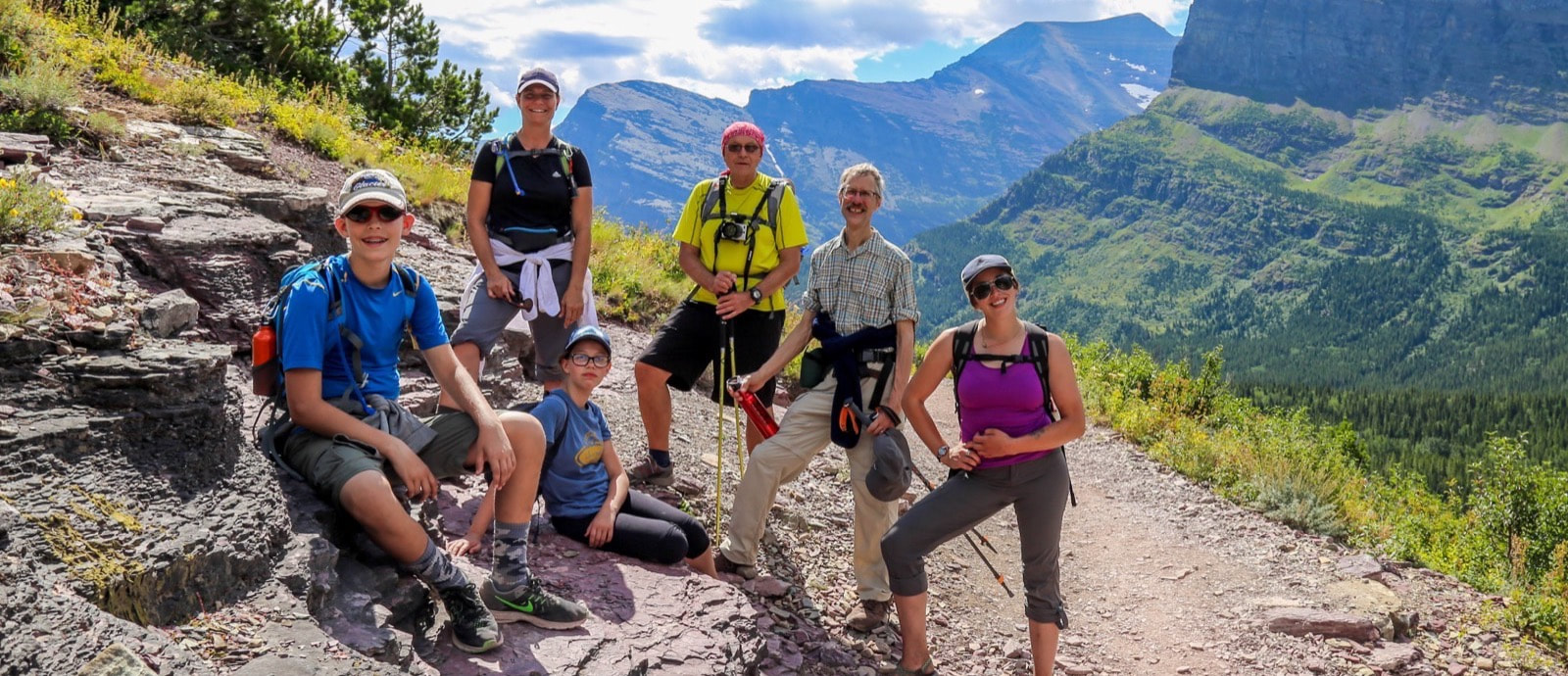
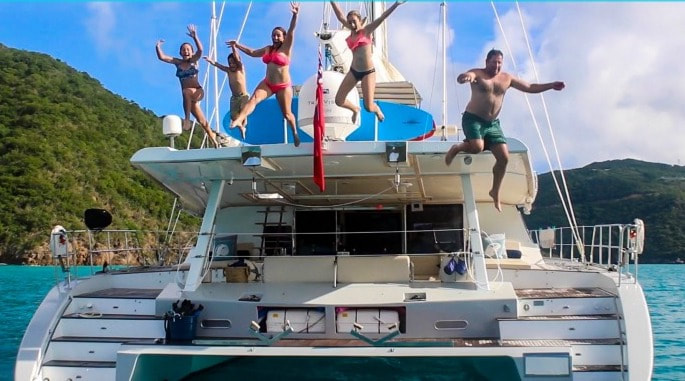
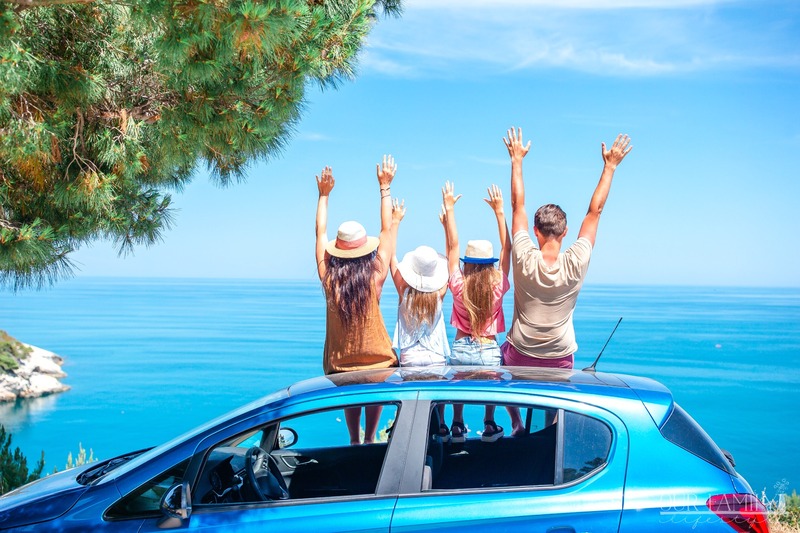
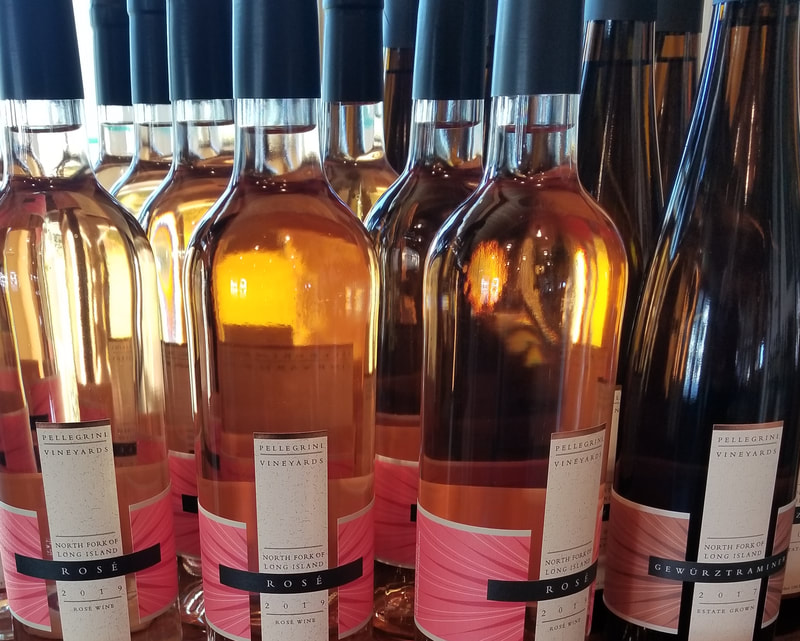
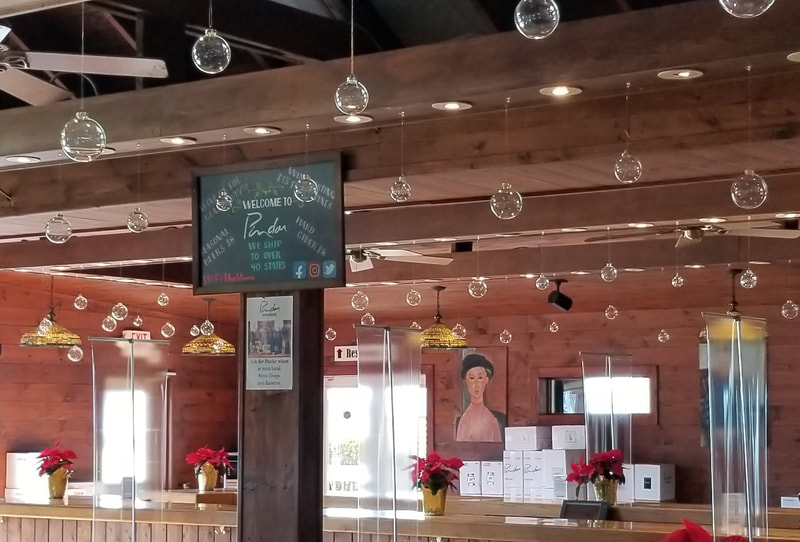
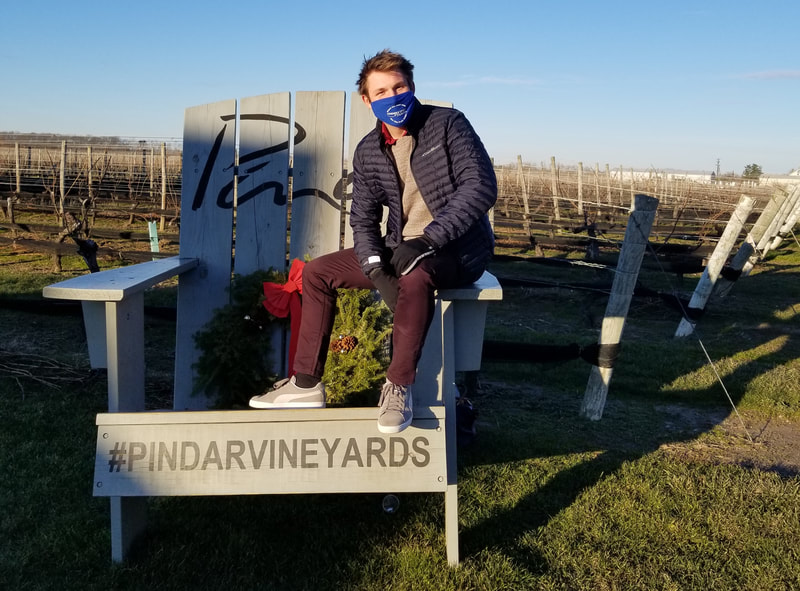
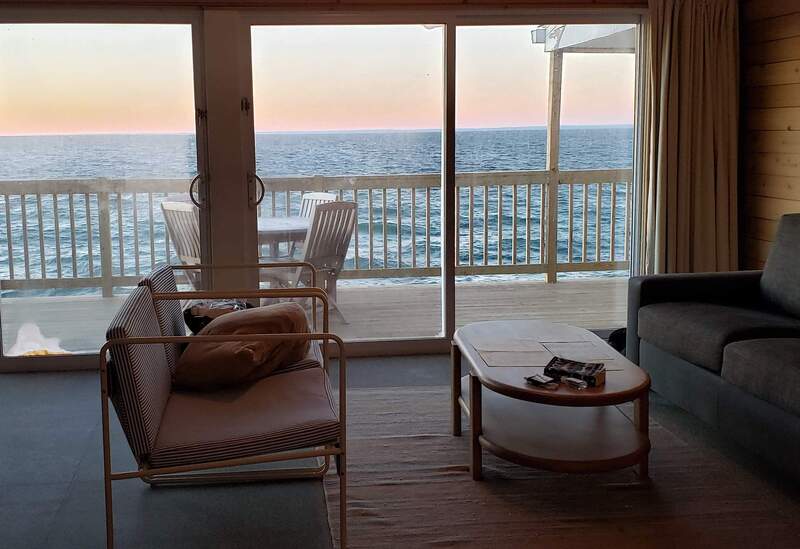


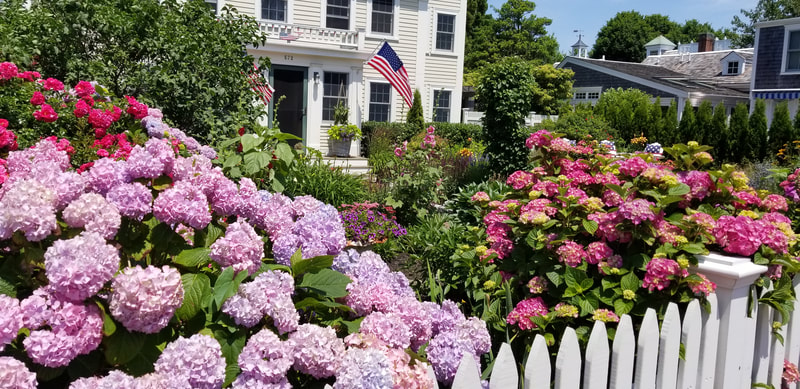
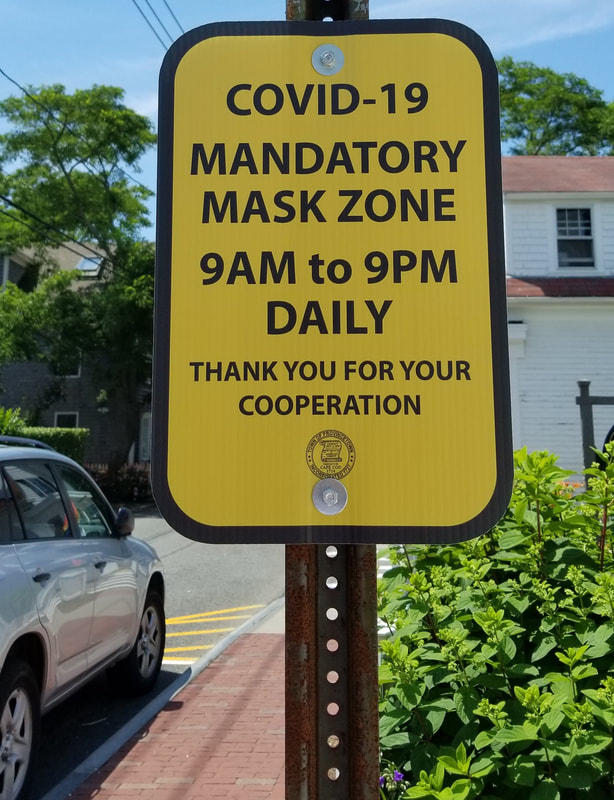
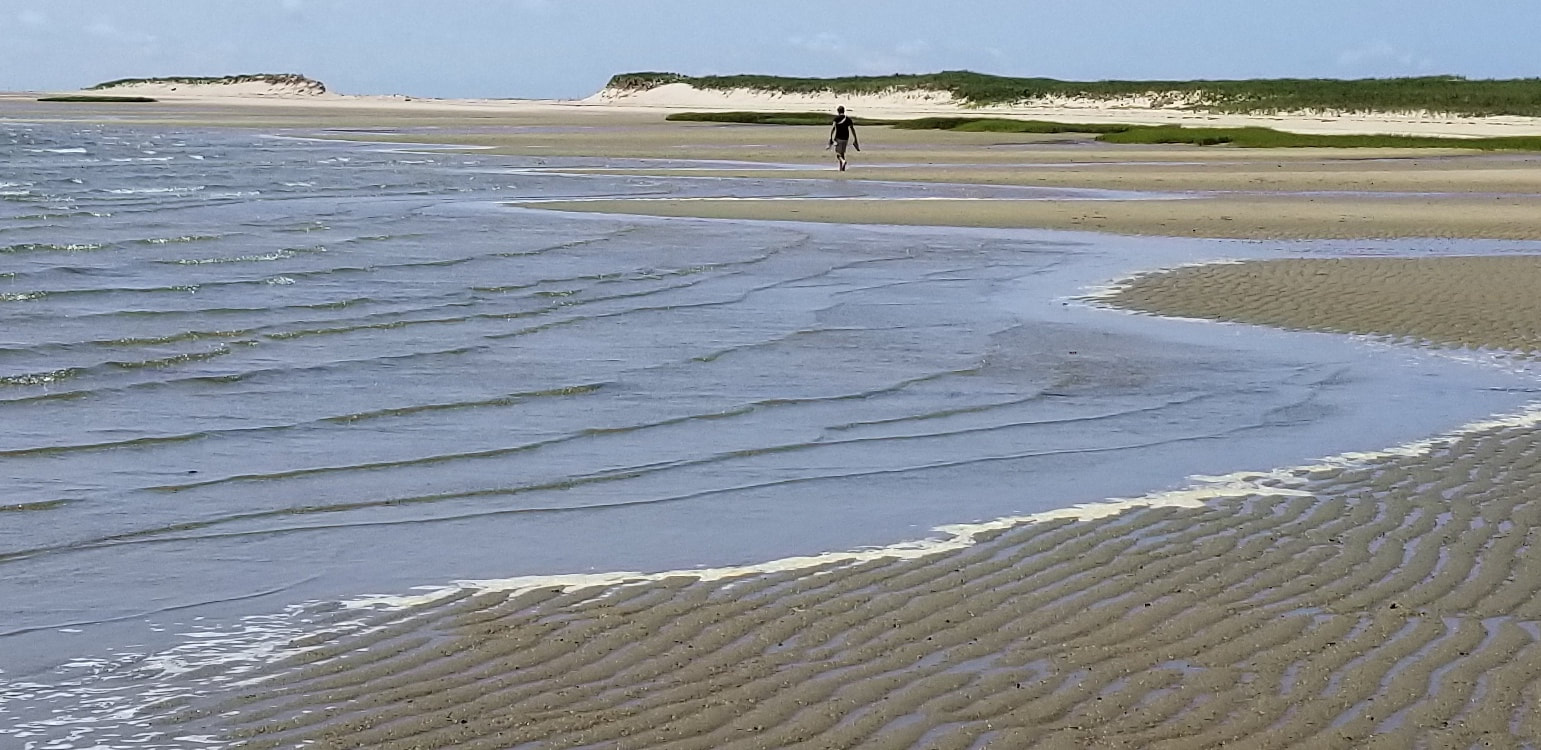

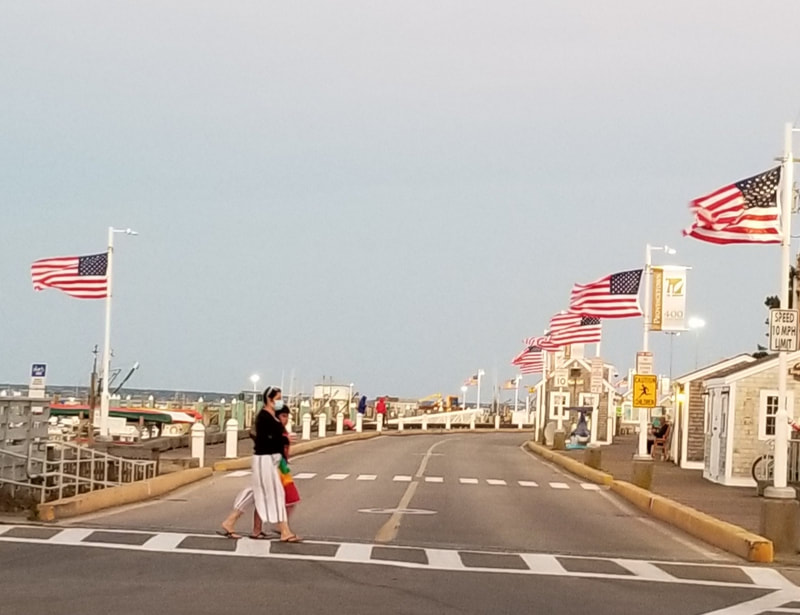
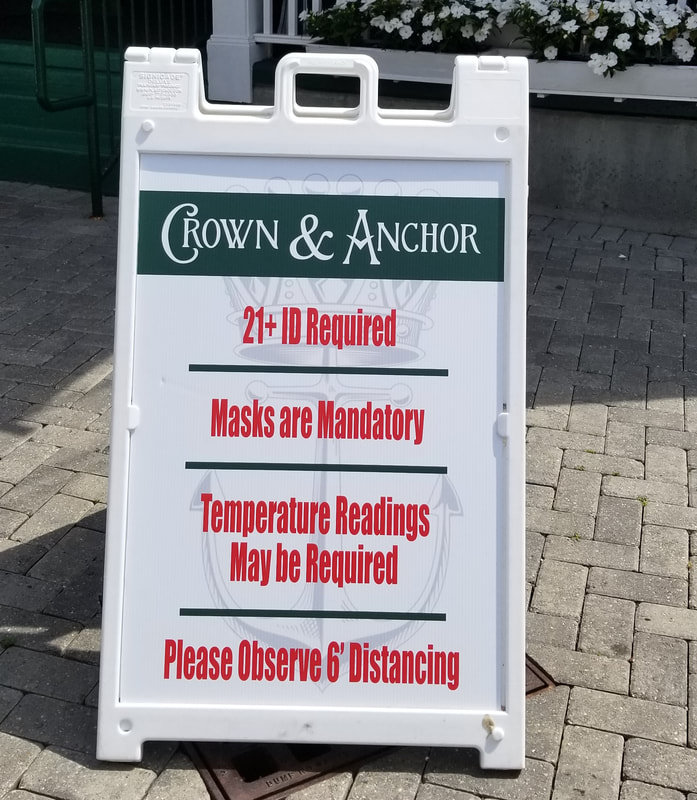

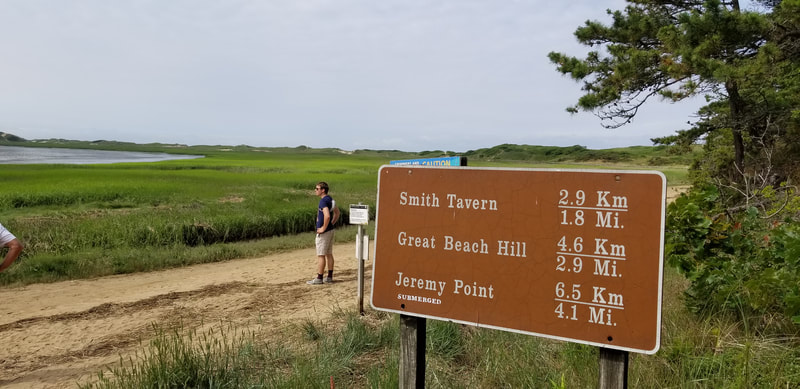

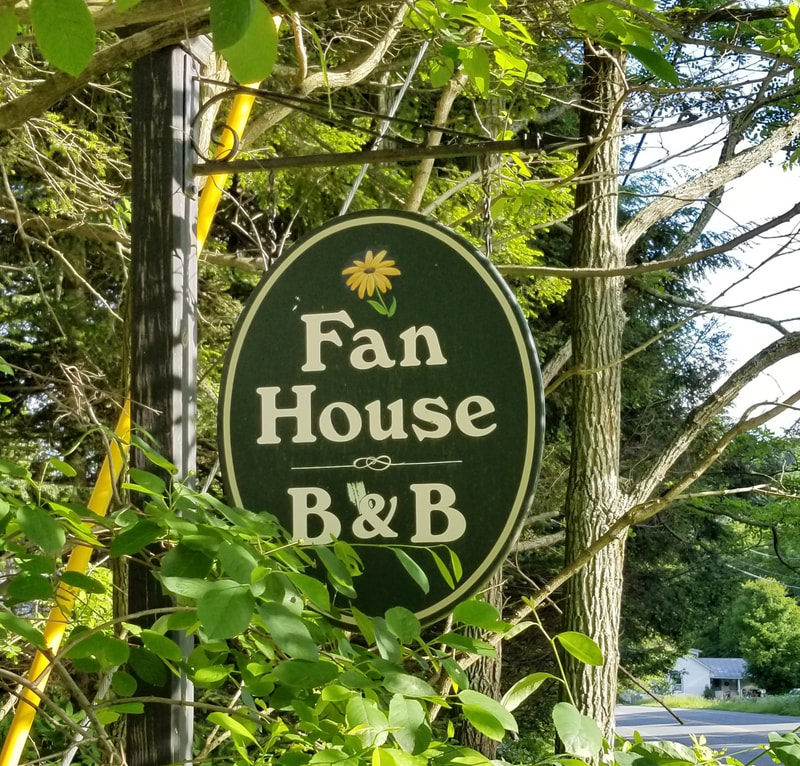
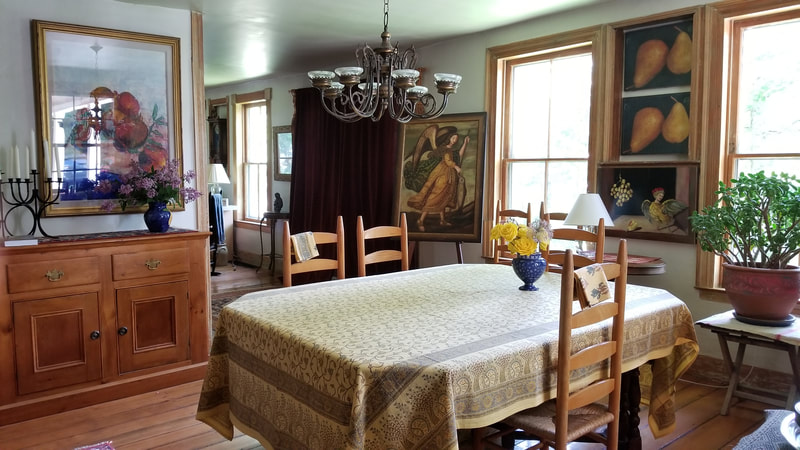
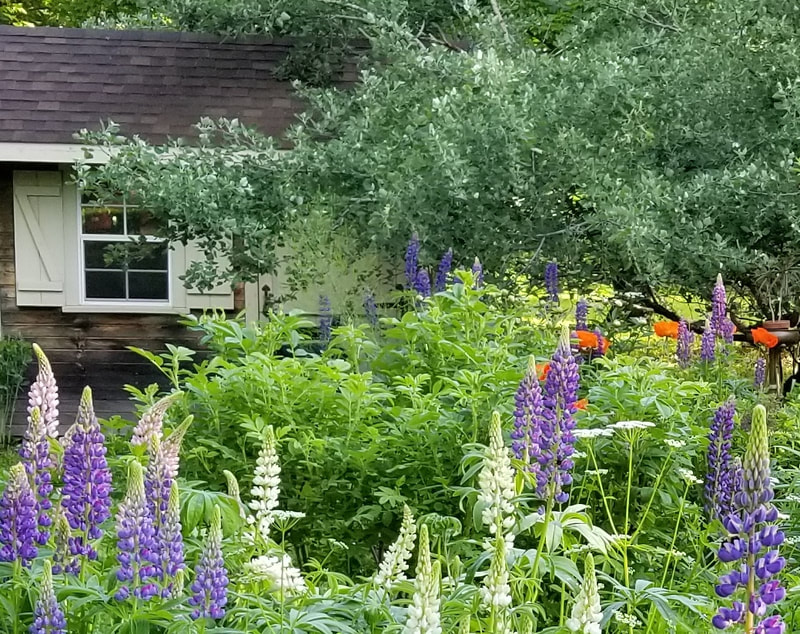
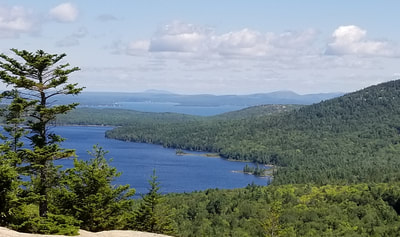
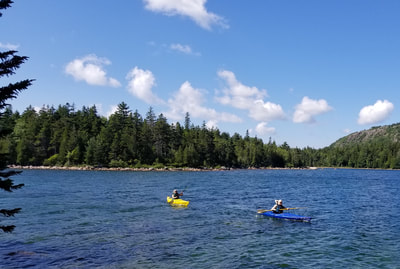
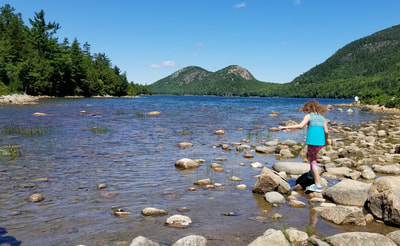
 RSS Feed
RSS Feed

